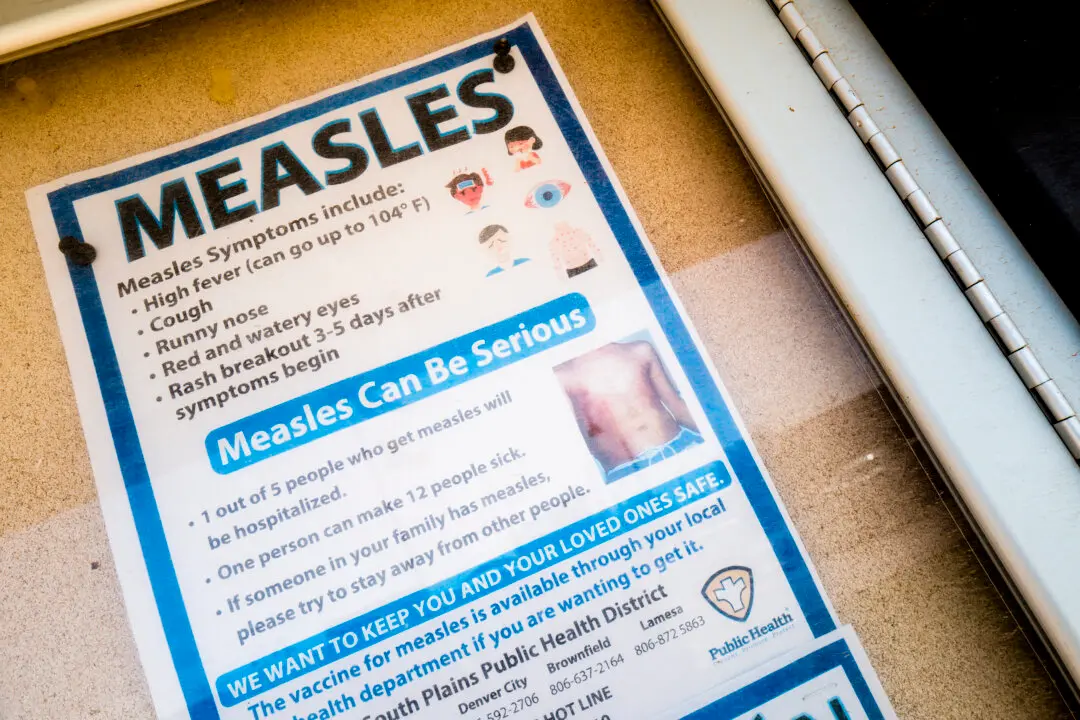Thirty-four patients have tested positive for the new coronavirus in the United States, federal officials said on Friday, after another patient tested positive late Thursday.
Twenty-one of the patients were repatriated from foreign countries by the State Department. Groups were quarantined at military bases after being repatriated from the Diamond Princess cruise ship, where hundreds of infections emerged, and Wuhan, China, where the virus first emerged in December 2019.





